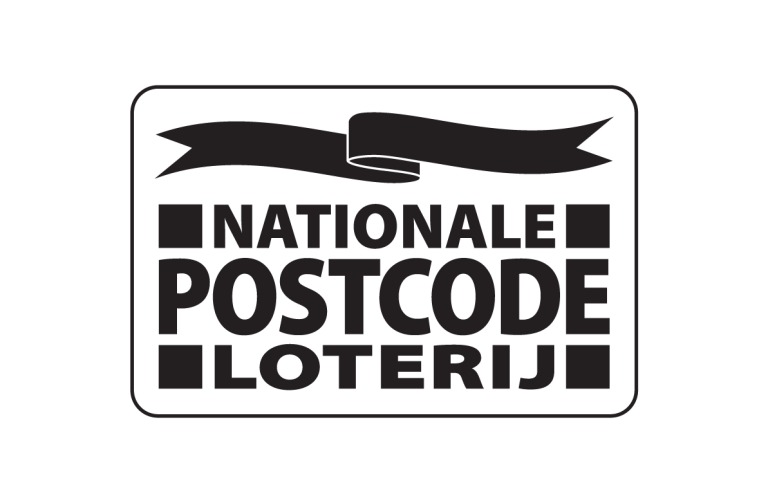Biobased materials for food packaging from pomegranate peel waste
Watch the 1-minute pitch video
Long description
Pomegranate fruit processing waste constitutes 50 – 60 % (500 – 600 Kg waste peel per ton). The consistency of major active compounds viz., ellagic acid and punicalagin vary according to the variety
The existing methods for the production of ellagic acid from pomegranate peel cannot be applied to all the varieties due to the difference in the active compound – ellagic acid. Pomegranate peel shows variation in the content of ellagic acid (0.34 – 15.0% w/w). Thus, the preparation of standardized extract will not be achieved unless prepared based on the high pure ellagic acid from the pomegranate peel and applied for the preparation of thin films.
The post-harvest losses in fruits and vegetables are accounted range between 20-50% due to lack of packaging and storage practices.
Edible thin films prepared using pomegranate peel waste are not standardized to contain consistency in in colour, antioxidant activity due to the difference in content in the crude extracts.
To solve the problem related to postharvest losses and utilization of pomegranate peel, the present invention targets to incorporate the high pure ellagic acid prepared from pomegranate peel waste in chitosan composite edible coatings and films to harness the antioxidant and antimicrobial properties of bioactive compounds. Optimized a biobased method for the production of high pure ellagic acid from pomegranate peel and their uses in the preparation of thin films for the preservation of fruits and vegetables. To enrich the content bio fermentation technology will be applied to the pomegranate peel using microbes







Please login or create a profile to view comments